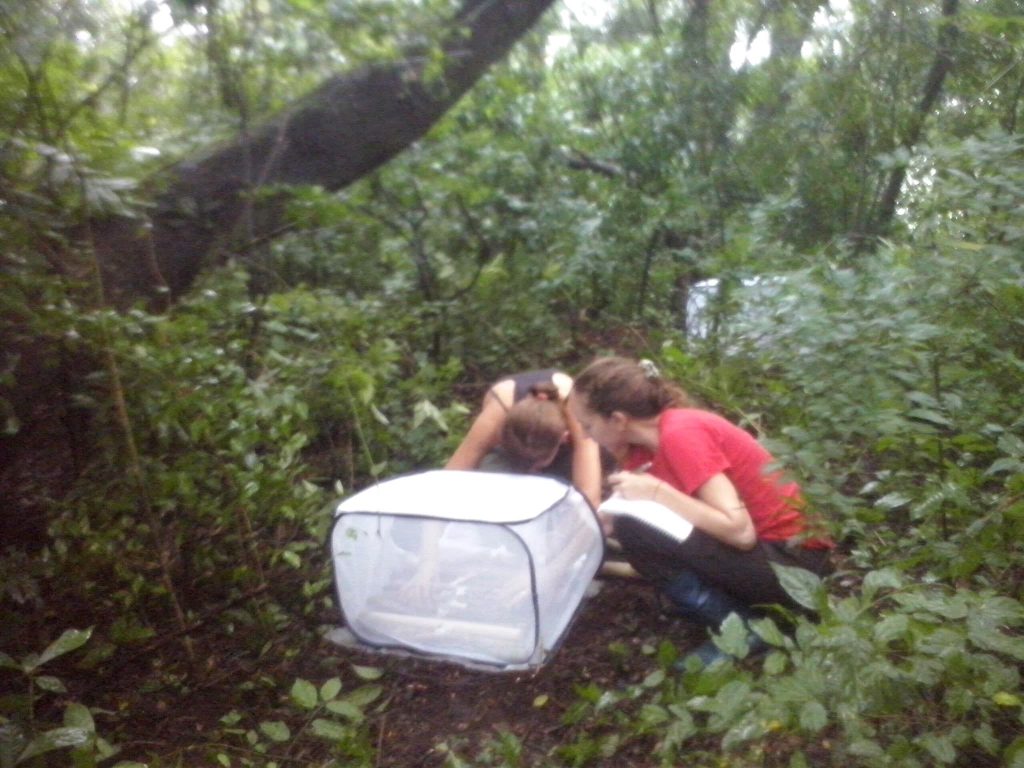Which is the contribution of deadwood to the global carbon cycle? And how important are insects in this process? Do these contributions vary with climate? These are some of the questions that this paper, recently published in Nature, intended to answer. Roxana Aragón and Romina Fernández, members of Instituto de Ecologia Regional, were part of the research team involved in this collaborative work.
This work involved a global experiment in 55 forest locations in six continents, with more than 140 tree species sampled during three years. The different locations included an extended temperature and precipitation gradient and in each of them a decomposition experiment with deadwood was established. Half of the deadwood was placed into mesh cages to exclude insects. These cages prevented insects from being involved in the decomposition and hence by comparing with no-caged deadwood, it was possible to quantify their contribution.
Approximately 10.9 petagram of carbon per year are released from deadwood globally. The rate of decomposition and the contribution of insects are highly dependent on the climate, and are maximum in tropical forest. Globally, the net effect of insects may account for 29 per cent of the carbon fux from deadwood. Climate change and the changes in insect diversity occurring in recent years have the potential to alter the decomposition of wood, and therefore, the carbon cycle worldwide.

Photo 1: Decomposition rates and effects of insects by biome. a, Estimated carbon stocks in dead wood with a diameter of> 2 cm (Mg C ha -1). b and c, Annual deadwood mass loss of native tree species (b) when all decomposer groups have access (cage-free treatment) and the difference in annual mass loss between cage-free and closed-cage treatments that are attributed to the net effect of insects (C).

Photo 2: Roxana Aragón and Romina Fernandez installing the experiment in montane forests of Tucumán, Argentina
Link : https://www.nature.com/articles/s41586-021-03740-8